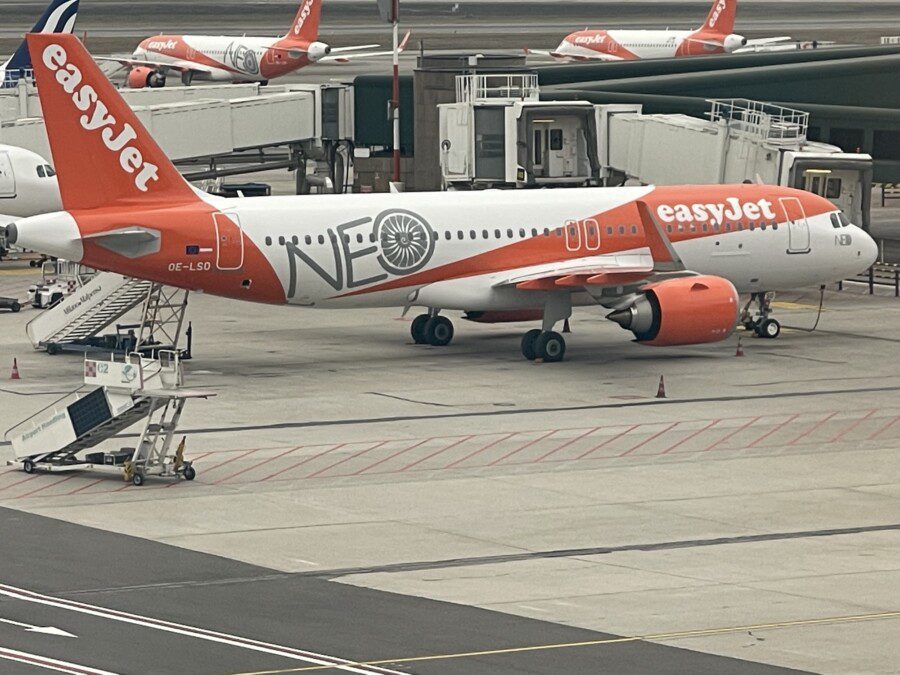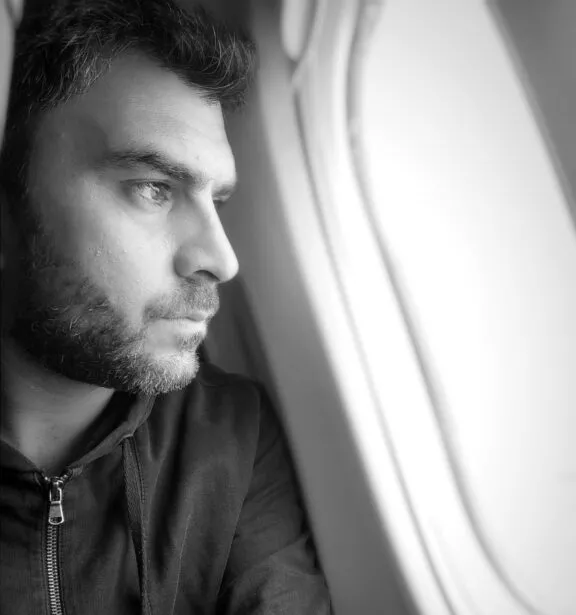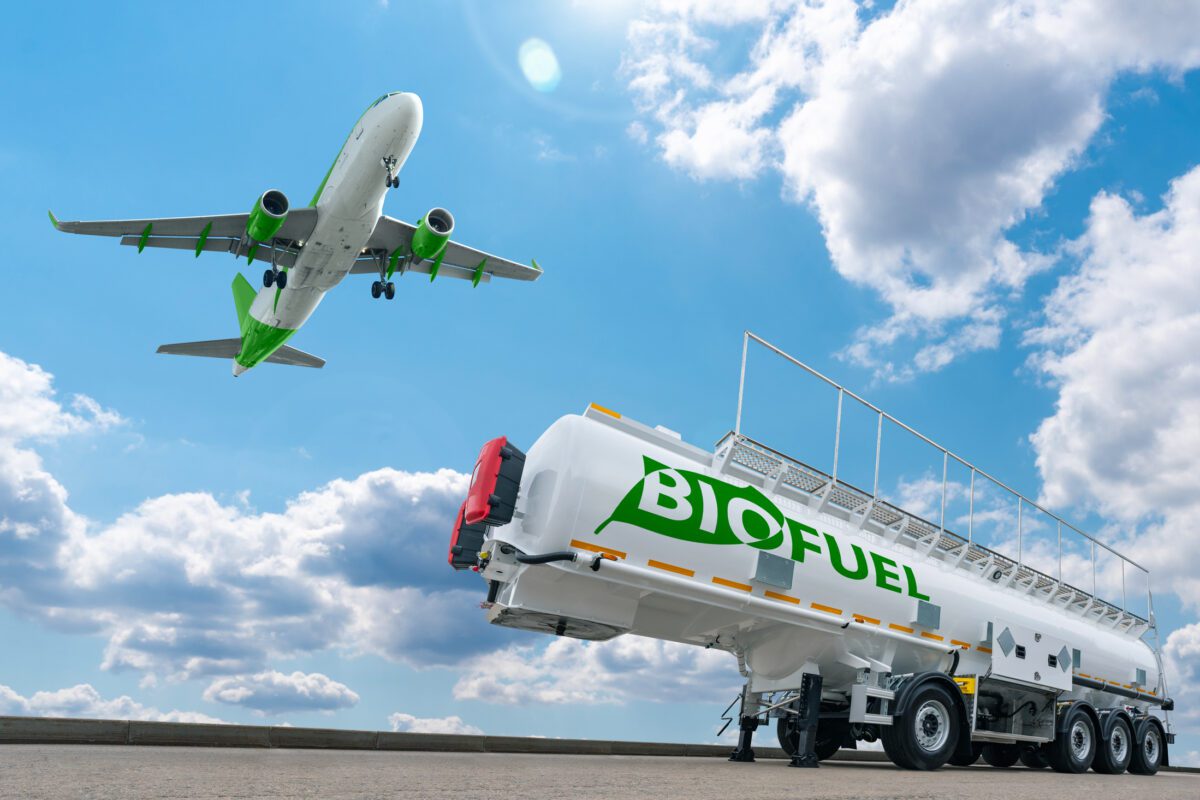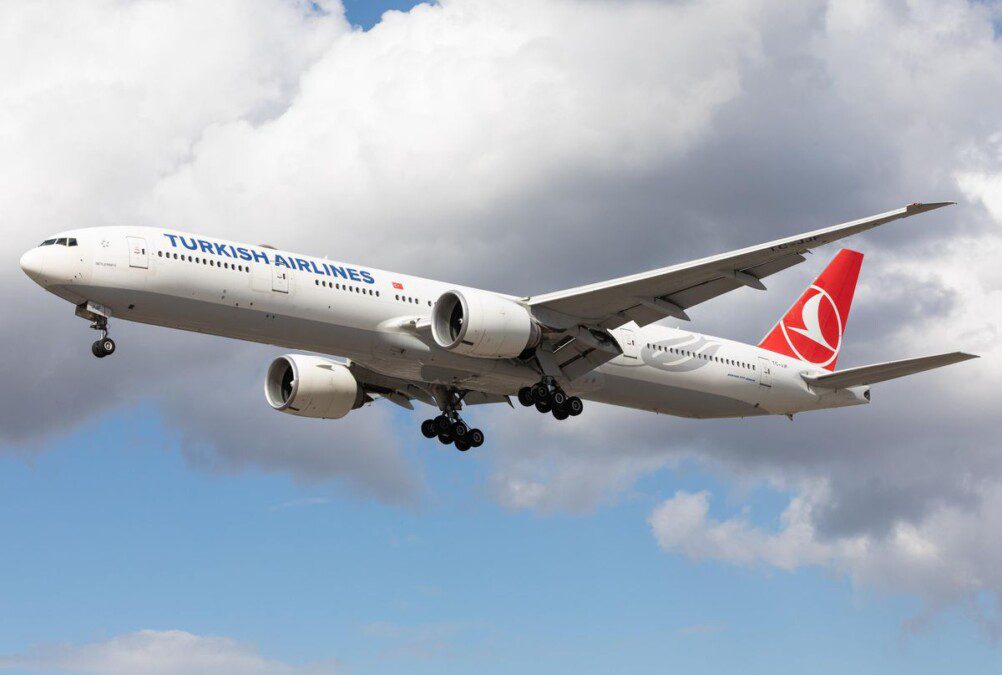Maxi order of A321s for easyJet: how it will change the fleet
New aircraft informed for easyJet, which has confirmed an order for 157 additional A320neo family aircraft. The company [...]
New aircraft information for easyJet which confirmed an order for 157 additional aircraft in the family A320neo. The British airline will receive in the coming years. 56 A320neo aircraft and 101 A321neo aircraft; in addition, the order involves upsizing an existing order of 35 A320neo for the larger A321neo.
In this article:
This agreement, in essence, confirms the Fleet renewal and increase plan of easyJet with the aim of increasing the capacity offered on European routes. The A320neo family brings together the most popular single-aisle aircraft to date, with a total of more than 18,000 orders from nearly 140 customers in all markets.

In addition, the A321neo is. the largest aircraft in the A320neo family and thanks to next-generation engines and sharklets provides a 50% noise reduction and fuel and CO2 savings of more than 20% compared to the previous generation of single-aisle aircraft.
Like all Airbus aircraft, the entire A320 family is already capable of operating using up to the 50% of sustainable aviation fuel (Saf). Airbus aims to have all its aircraft capable of operating using up to Saf's 100% by 2030.
How the fleet will change
easyJet's fleet currently consists of. 333 aircraft all Airbus: 95 A319 aircraft, 171 A320 aircraft, 52 A320neo aircraft and 15 A321neo aircraft. This new order complements an existing order of 132 A320neo and 33 A321neo.
In essence, then, the British airline aims to have a fleet with More capacious aircraft than in the past: According to current orders in 2034 it could reach just under 389 aircraft composed all of the neo models, namely: 240a A320neo aircraft and 149 A321neo aircraft.

The A319, which have 156 seats will be phased out within the next 10 years and will be replaced by the A321neo, which has 235 seats. This is an important move since with the new planes easyJet will be able to guarantee almost 50% more seats on each and every flight at a much lower average cost per seat than with the A319s.
The choice of easyJet traces a general trend that leads airlines to choose larger single-aisle aircraft than in the past both to meet the predictions of big growth in demand in the coming years, both to counteract the congestion at European airports, especially during peak periods, as already experienced in the past two years.
- 6,000 Mile Registration Bonus
- Collect miles WITH EACH PURCHASE
- Your miles with no expiration*
- No fees for ATM withdrawals and foreign purchases
- Without having to change banks
- Autonomous card activation
- Multi-function mobile application
- Free travel insurance
- Free credit for up to 7 weeks
- Contactless Payment
- Mastercard® SecureCode





